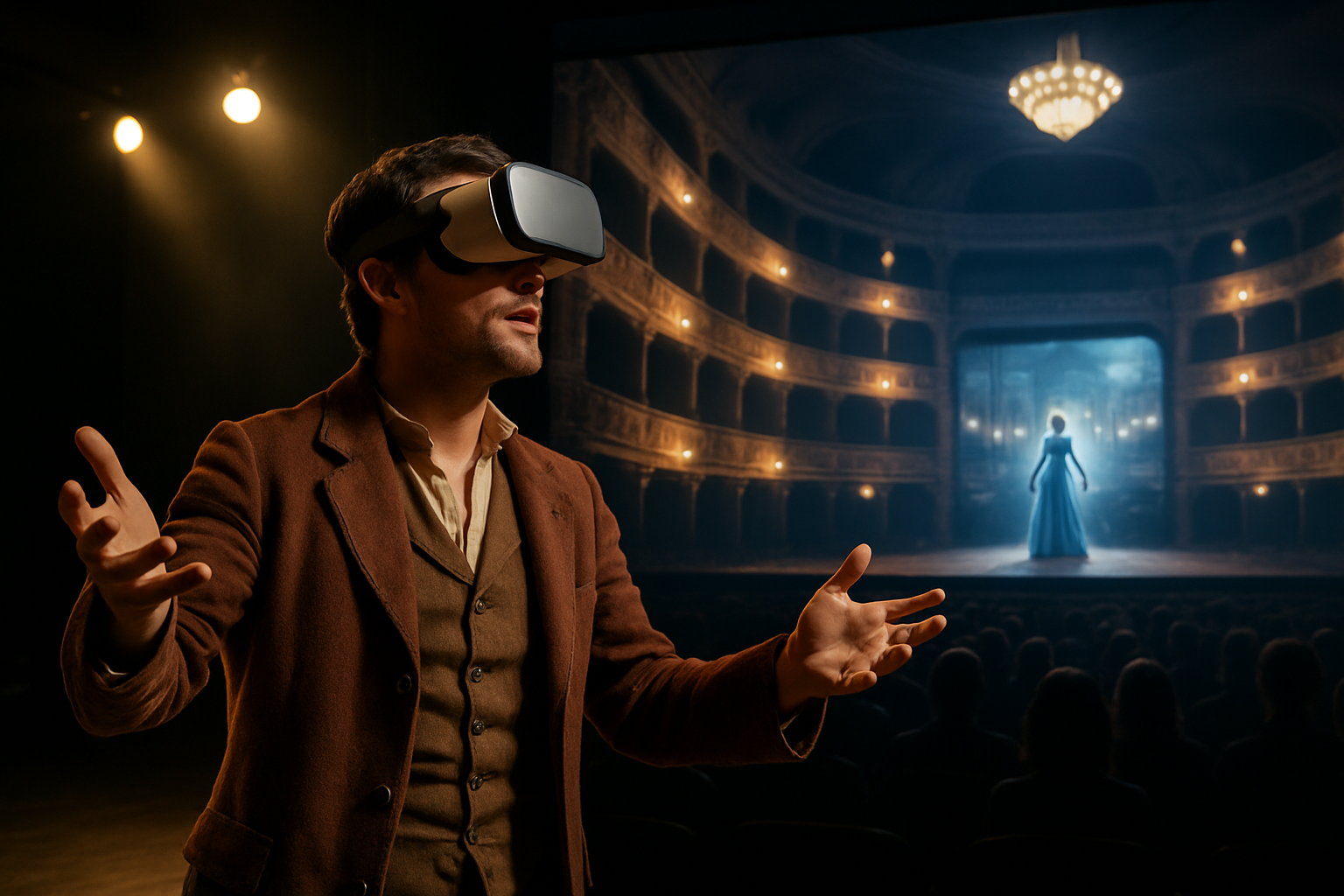Virtual Reality Opera: A New Frontier in Musical Storytelling
The convergence of cutting-edge technology and classical art forms has given birth to a revolutionary medium: virtual reality opera. This immersive experience is reshaping how audiences engage with one of the oldest musical traditions, blending centuries-old storytelling with state-of-the-art digital landscapes. As opera houses and tech companies collaborate to push the boundaries of performance, virtual reality opera emerges as a captivating fusion of artistry and innovation, promising to attract new audiences and redefine the future of musical theater.

Crafting Digital Arias: The Technical Challenges
Developing a virtual reality opera involves a complex interplay of traditional operatic elements and cutting-edge digital design. Composers and librettists must now consider how their work will translate into a 360-degree environment, while set designers trade physical materials for 3D modeling software. Sound engineers face the unique challenge of creating spatial audio that convincingly places the listener within the virtual performance space, ensuring that the power and nuance of operatic voices are preserved in the digital realm.
The Audience Experience: Immersion and Interaction
Unlike traditional opera, where audiences are passive observers, virtual reality opera offers an unprecedented level of immersion and, in some cases, interaction. Viewers can choose their perspective within the virtual space, potentially altering the narrative based on where they focus their attention. Some productions even incorporate interactive elements, allowing audience members to influence the story’s progression or explore different character perspectives, blurring the line between spectator and participant.
Notable Productions and Their Impact
Several groundbreaking virtual reality operas have already made waves in the art world. The Welsh National Opera’s Magic Butterfly VR experience, which reimagines scenes from Madame Butterfly and The Magic Flute, has toured internationally, introducing audiences to the potential of this new medium. Meanwhile, the Santa Fe Opera’s collaboration with Microsoft on a mixed reality version of The (R)evolution of Steve Jobs demonstrates how technology can enhance rather than replace traditional staging.
The Future of Opera in the Digital Age
As virtual reality technology continues to evolve, so too will the possibilities for operatic expression. Some envision a future where audiences can attend live performances from anywhere in the world, experiencing the grandeur of the world’s great opera houses through VR. Others speculate about fully digital operas, where AI-generated performers could sing alongside human artists in fantastical, ever-changing environments. Whatever form it takes, virtual reality opera represents a bold step forward in the marriage of classical artistry and modern technology, ensuring that this timeless art form remains relevant and captivating for generations to come.





